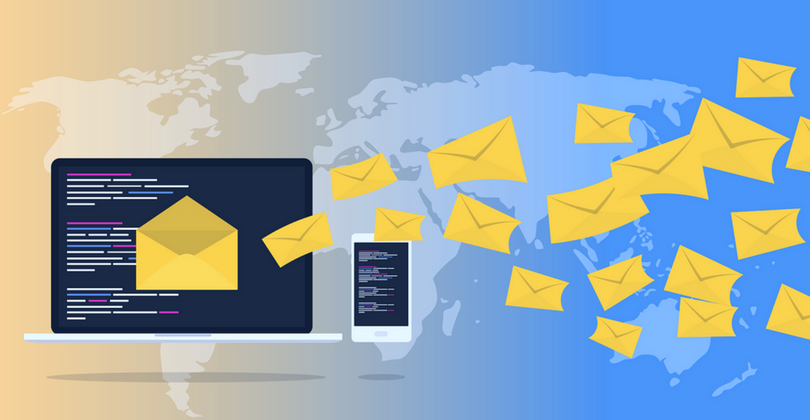Why Choose Paid Business Email Service Over Free Email Client

Email communication in both B2B and B2C markets is crucial, hence the need for a reliable and secure business email service provider.
Email is one of the most influential sources of information for business audiences. About 59% of B2B marketers said that email is the most effective channel in terms of revenue generation, and 86% of professionals preferred email as their means of business communication.
Through email, you can place orders, make product/service enquiries, send correspondence to your clients or customers, and even import/export files and images. However, a missed email is a missed opportunity, a lost sale, mistaken communication and a risk of bad reviews.
Email has been a reliable (and cheapest) channel of communication in this data-rich digital world. It should not be taken for granted. That’s why businesses start switching from a free email client to a paid business email solution.
Free, advertising-supported webmail
Yahoo Mail, Gmail and AOL Mail are the popular free email clients with unlimited storage. Users can access their emails via third-party programs through POP or IMAP protocols, synchronising email contents. Aside from having built-in spam filters and virus protection, they integrate with your calendar, tasks and notes.
However, these email services are funded by advertising and marketing arrangements. You can see context-sensitive ads here and there, which trigger data retention, security and privacy concerns. You definitely don’t want that in your B2B and B2C correspondence.
Paid business email
As opposed to free email clients, premium or paid business email supplies everything you need to manage and monitor your business email.
Pros:
- You have a professional email address with your domain name
- Premium spam and malware protection
- Ad-free
- Secure and private email
- Uptime guarantees
- Hosted on large-scale, tried and tested infrastructure
- Significant email archive and storage space
- You can access your emails via a third-party app (Outlook, webmail, mobile, etc.)
- Fully integrated with your calendar, tasks, notes and other collaboration- and business-based tools
Cons:
- It’s a paid service. There is a monthly/yearly subscription fee
- It can be tricky to set up accounts but nothing IT can’t handle
G Suite and Office 365 are the most prevalent, feature-rich Saas-based email management and productivity tools.
G Suite’s email system allows you to sync your contacts, calendar and notes for easier collaboration. Each member of your team can utilise your organisation’s email address with G Suite Gmail, an enhanced version to provide business-grade performance, security and functionality. Organise emails into folders or use the email search tool to track down missing and old messages. Just type a keyword, sender’s name or email address. You can also identify sender and recipient IP addresses and troubleshoot mail delivery issues.
Powered by Google, G Suite has three premium plans, starting at $5 USD per month.
Meanwhile, Office 365 has a multifunctional email solution – Outlook. Aside from its integration across your email, calendar and contacts, you can access them even when you’re offline. Browse your emails and respond to them because when you’re reconnected to the Internet, it will automatically send the messages.
Organise your emails by setting up a rule to filter incoming emails so that they will go directly to their assigned folders. You can also sort emails by date, sender, recipient, subject, etc., simplifying your search.
Office 365, developed by Microsoft, offers Business (starts at $8.25 USD/month) and Enterprise (starts at $8 USD/month) plans.
Both G Suite and Office 365 allows you to create mailing lists so you can send emails in bulk or send emails to a selected group of contacts. They still have other features that help streamline your business communication.
Zoho Mail is a good alternative, too. It’s one of the best ad-free email service providers out there.
But it all comes down to
Whether it’s a free or paid business email solution, choose which one that works best for your B2B or B2C communication, protects your data, helps you improve end-users’ experiences and keeps your organisation productive.
Got your own recommendation? Let us know in the comments.
